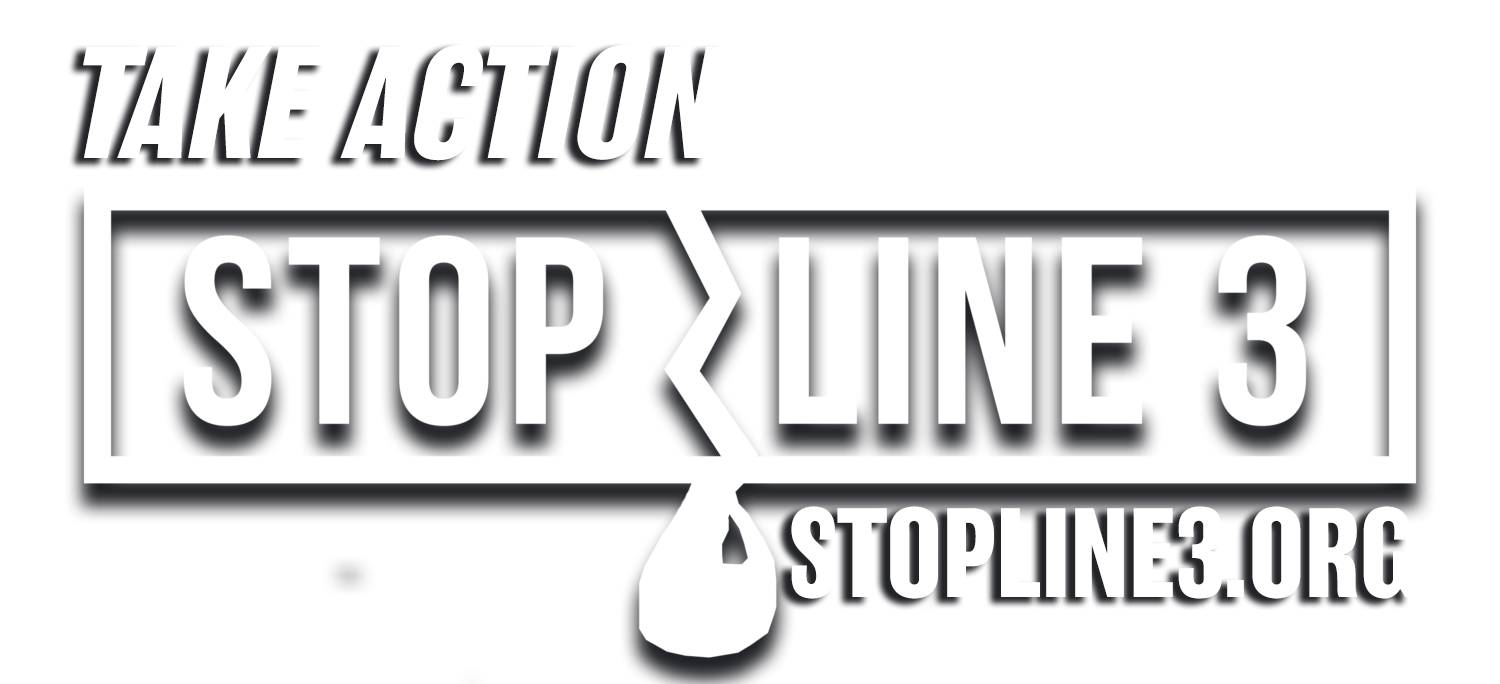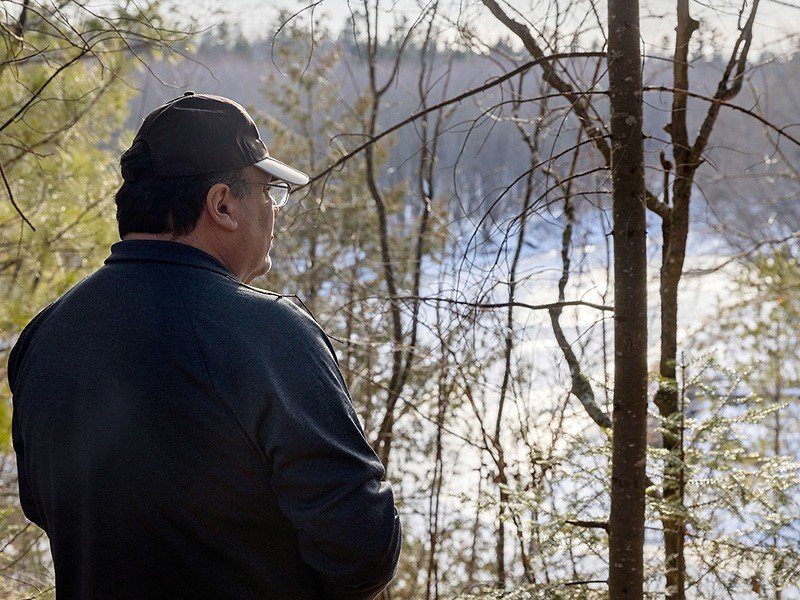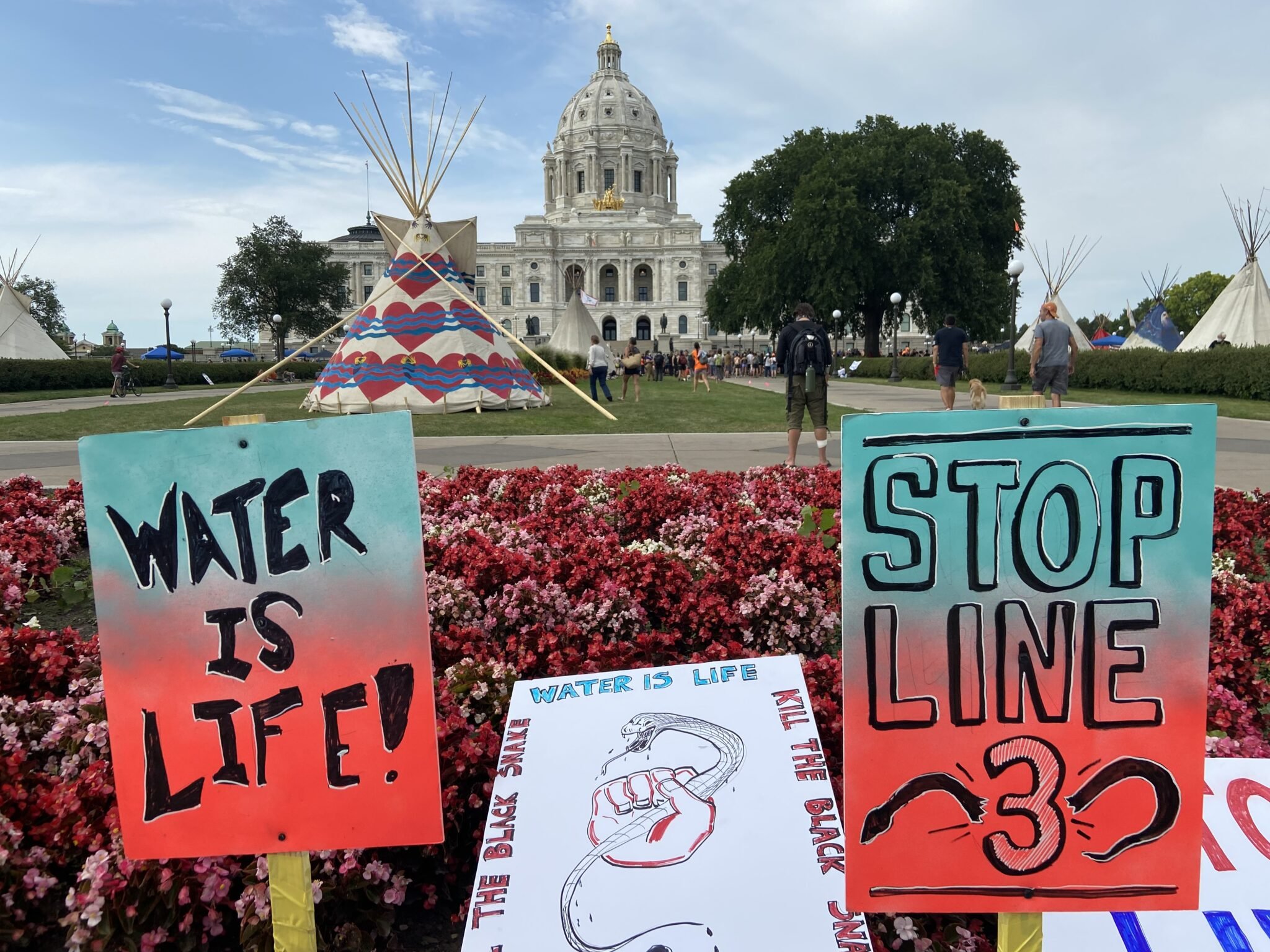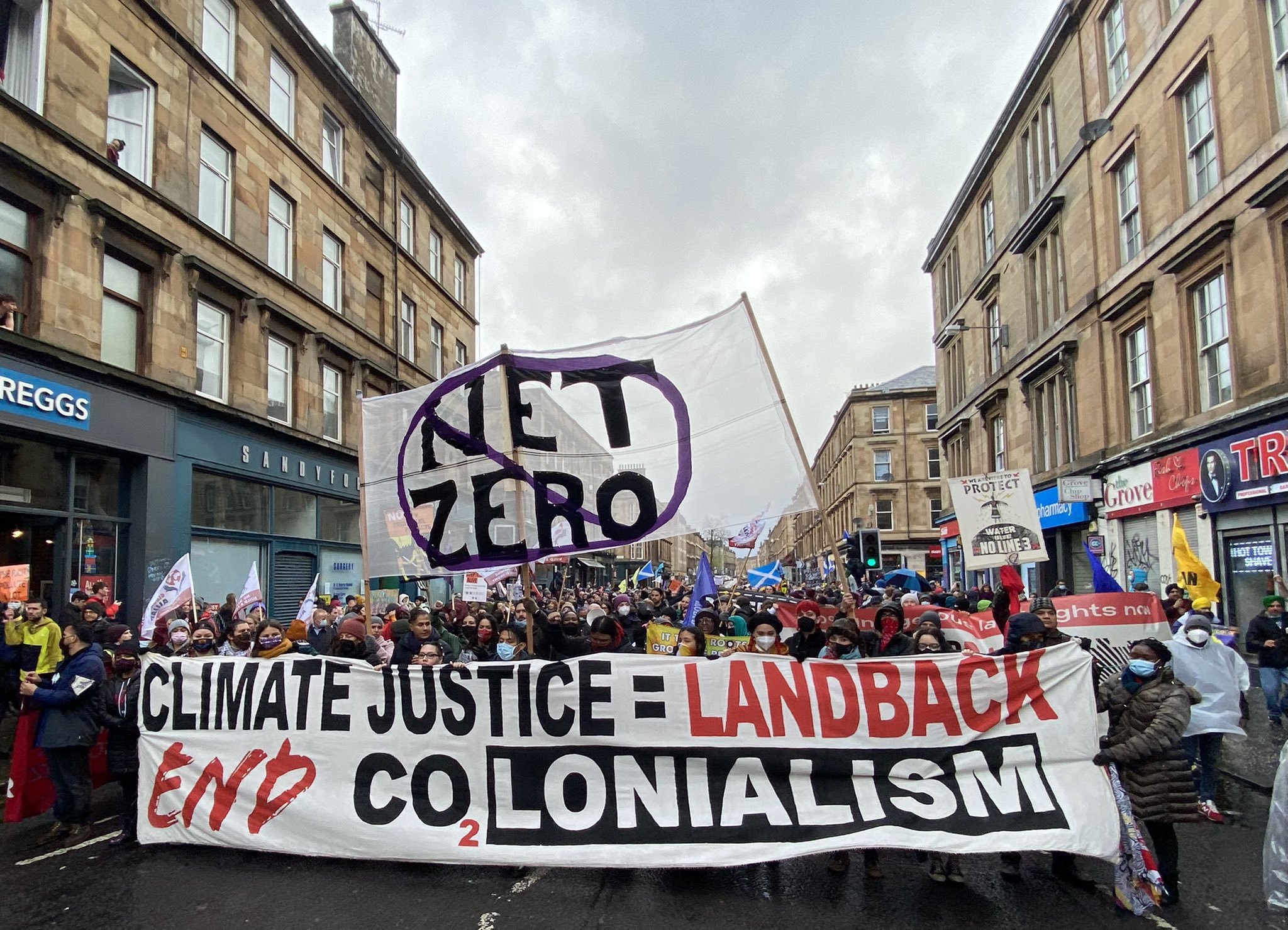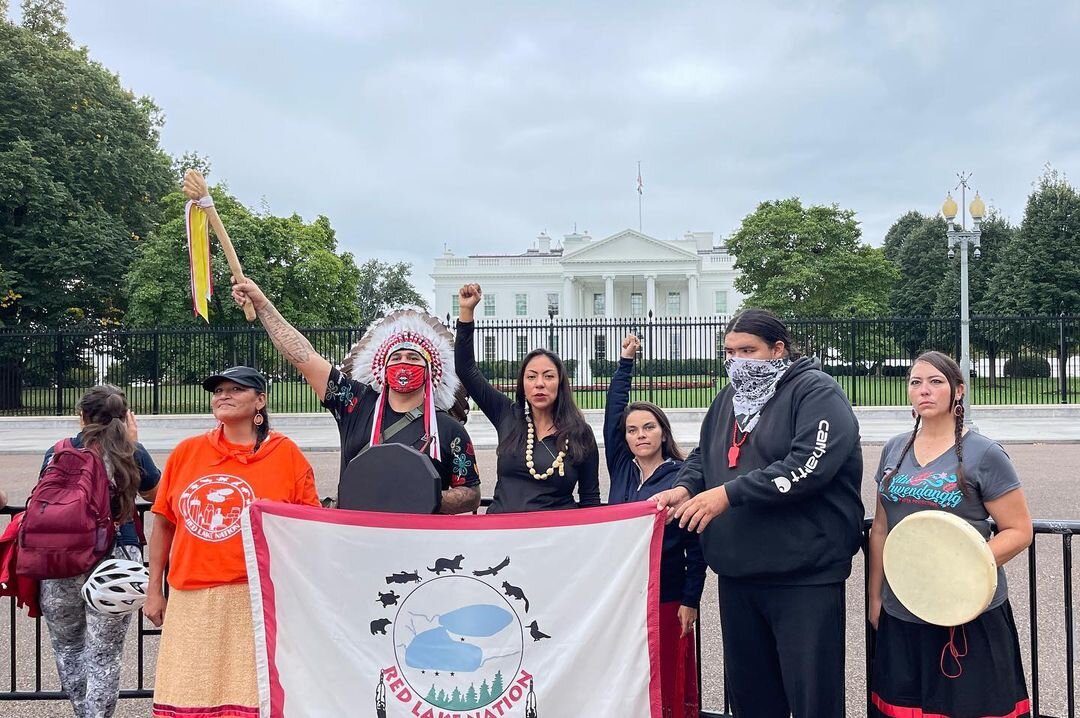Indigenous water protectors from Great Lakes tribes and their supporters are calling on a federal agency to fully review and reject a Line 5 project in northern Wisconsin, which they say would be “an act of cultural genocide” if permitted by the U.S. Army Corps of Engineers (USACE).
The embattled Line 5 pipeline originates at the tip of northwest Wisconsin and continues for 645 miles into Michigan’s Upper Peninsula, under the Straits of Mackinac and out into Canada near Detroit.
Enbridge, the Canadian pipeline company that owns the oil infrastructure, is seeking to remove a 12-mile section of Line 5 from the Bad River reservation and replace it with a 41-mile section outside of the reservation.
100% of the comments to the Michigan Public Service Commission on March 17, 2022, called on the MPSC to deny the Enbridge oil tunnel permit and shut down Line 5. The passion and knowledge of Michiganders are commendable.
"Since the signing of the 1855 treaty for 14 million acres of land, we continue to live on our land, as instructed: Harvesting medicines, basket materials, and always food from this land. During that time, tribal members have been arrested and jailed for fishing, ricing, and hunting in this land, to which we belong. We are usually charged by the Minnesota DNR, essentially for the crime of being Indian, being Anishinaabe."
The Department of Natural Resources is the largest recipient of MNPUC funds that paid $2.2 million for policing of Water Protectors instead of the Line 3 construction operations ignoring frac-outs, aquifer breaches and gifting 510 million gallons of water during a historical drought.
"There is a tremendous conflict of interest," said Winona LaDuke, head of Minnesota-based Honor the Earth, an Indigenous environmental group.
Private well owners in Ashland and Iron counties and their governing bodies do not know the risks drilling fluids may pose to them and their families, yet the opportunity to weigh in has nearly closed.
"Line 5 is almost 20 years past its useful engineered life, according to the experts that originally constructed the pipeline," said Wallace. "The location itself, 20% of the world's freshwater, drinking water for millions of people, it should have never been put there to begin with."
“We have an inherent right to be on the very land on which we belong.”
Winona LaDuke to testify in Aitkin County in of Defendants facing charges.
The time thieves: This month, nearly 300 Line 3 protesters will have court dates in Hubbard County alone.
EXPOSED: “Minnesota Prosecutor sought Enbridge funding to prosecute Water Protectors at Line 3”
Enbridge's acknowledgement of growing climate policy pressure on its pipelines' longevity came in federal regulatory filings earlier this year.
Honor the Earth, filed a petition with the Minnesota Public Utilities Commission (PUC) to promptly open a new docket to establish a pipeline abandonment trust fund for the new Line 3 pipeline, which the PUC committed to do nearly three years ago.
They contend thermal imaging will show potential damage.
The new music video -- “Shell River Seven #StopLine3” -- features seven courageous women* (including one journalist) who refused on a hot 2021 summer of drought day, in northern Minnesota, to get off the Line 3 construction easement on the Shell River near Park Rapids, Minnesota. All were eventually arrested.
The pipeline controversy of today echoes back to a tangled history of broken treaties and empty promises.
Posted in online in two parts, a very moving and well-researched account of the Line 3 struggle, featuring Tara Houska and Taysha Martineau.
Thousands of Indigenous leaders and climate activists from around the country took non-violent direct action in Washington DC, calling on the Biden administration to take urgent action to stop fossil fuel infrastructure projects.
“You have declared a code red climate emergency, stating that ‘the nation and the world are in peril.’ We agree. It is past time to act in accordance with your declaration- you must act now and stop the Line 3 pipeline, or risk irreversible damage to our land, water, and climate.”
“The journey to stop Enbridge’s violation of treaty rights and destruction of land and waterways of the upper Midwest continues. Together, they will continue their protection of our Great Lakes, upholding their treaty rights, and ensuring the next seven generations have clean water.”
Water Protectors to deliver 1 million petitions to Stop Line 3 oil pipeline. Indigenous leaders from Northern Minnesota to deliver petitions to the Biden Administration at the U.S. Army Corps of Engineers HQ
As Oil Spills Add Urgency to Calls For Biden To Act, Indigenous & Climate Justice Activists Preview Next Week’s Major Protests at the White House
